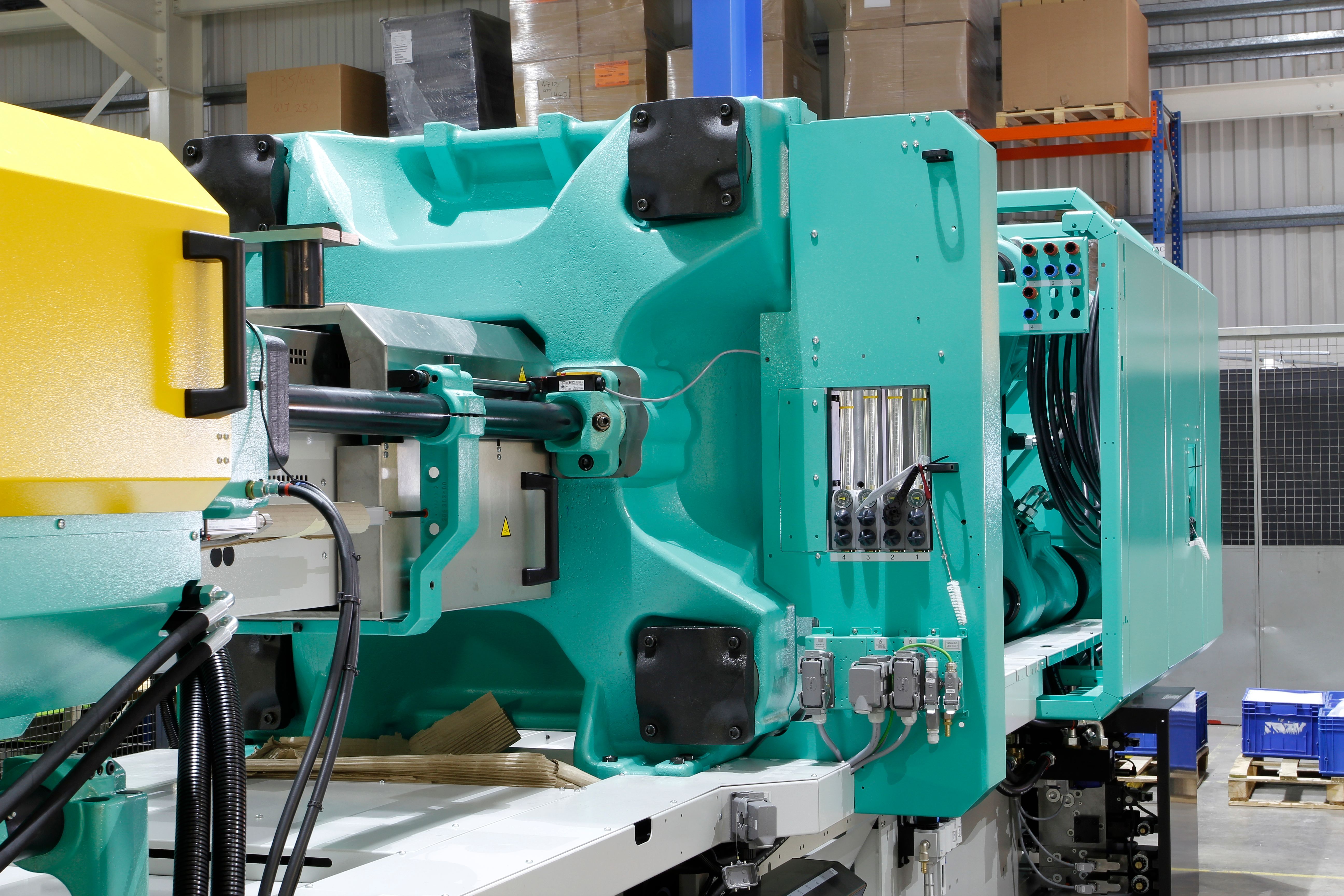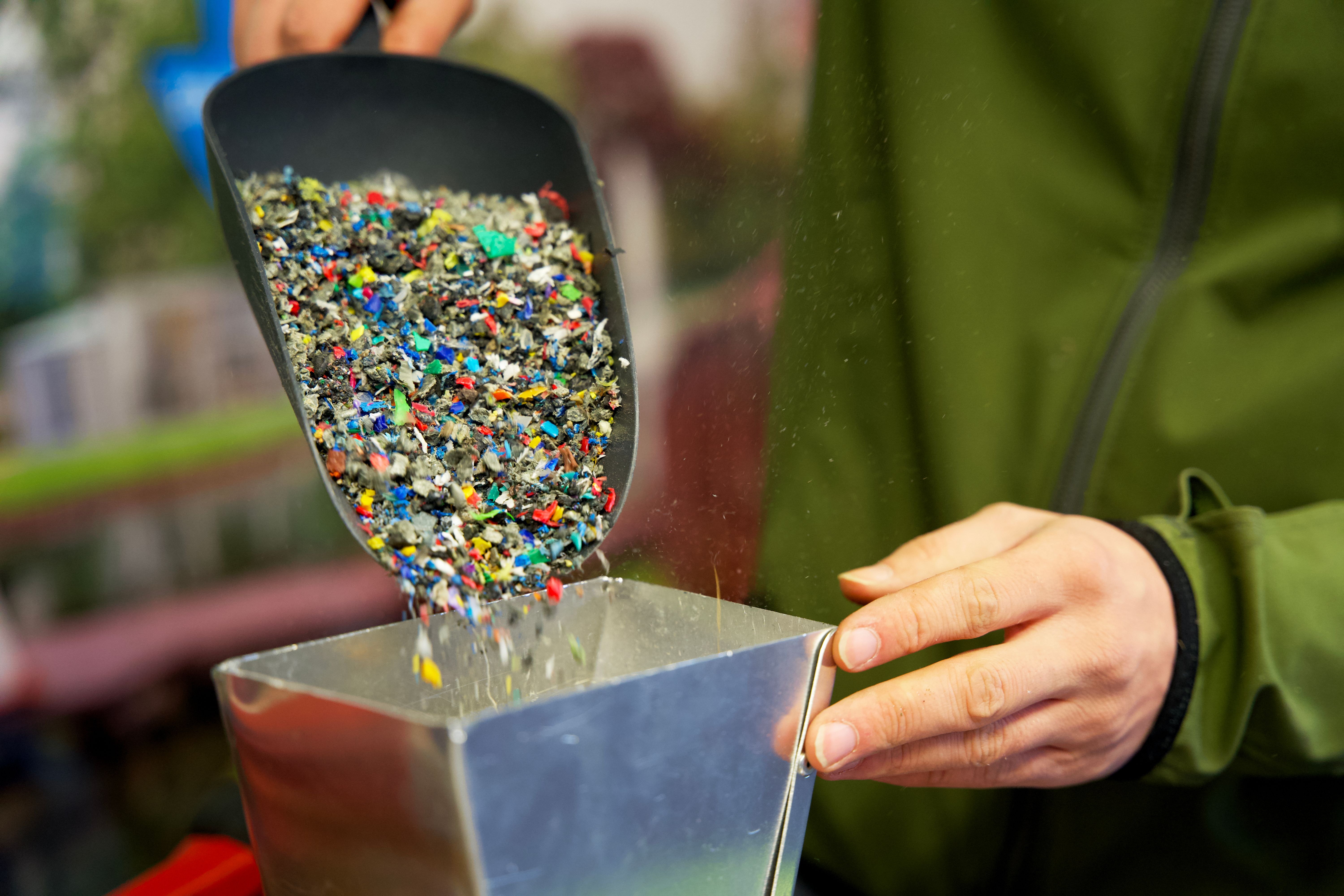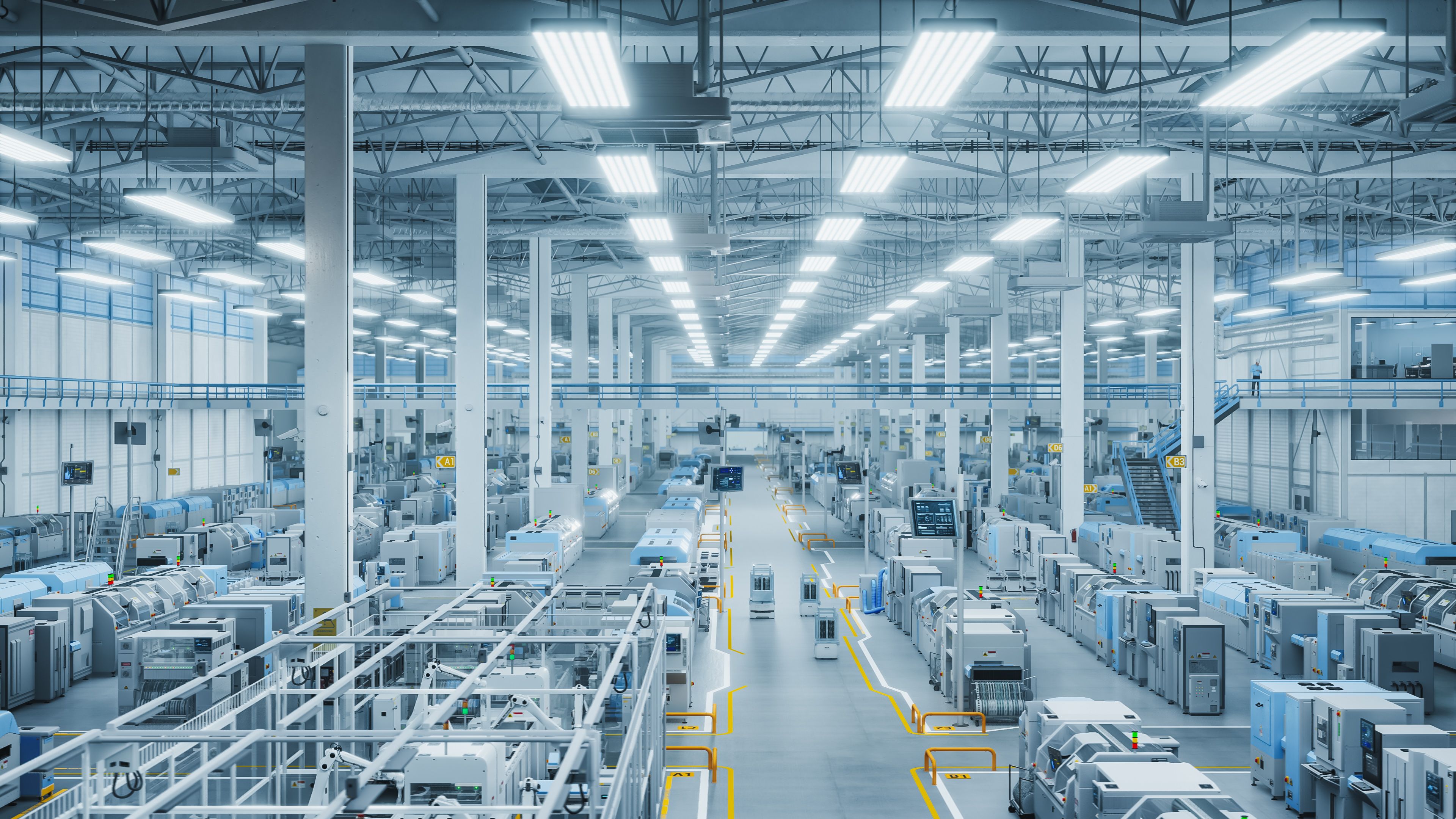Cost Savings with Injection Molding for Plastic Parts
The Benefits of Injection Molding for Cost Efficiency
In today's competitive manufacturing landscape, businesses are constantly seeking ways to reduce production costs without compromising on quality. One of the most effective methods for producing plastic parts is injection molding. This process not only ensures high-quality outcomes but also offers significant cost savings. Let's explore how injection molding can be a game-changer for your manufacturing needs.

Understanding the Injection Molding Process
Injection molding involves injecting molten plastic into a mold cavity. Once cooled, the plastic takes the shape of the mold, resulting in a precise and durable part. This method is ideal for mass production, where consistency and speed are crucial. By optimizing the use of materials and reducing waste, injection molding stands out as a cost-efficient option.
The process is highly automated, which minimizes human error and labor costs. Automation not only speeds up production but also ensures uniformity in each batch, reducing the likelihood of defects. This consistency translates to fewer rejected parts and lower production costs overall.
Material Efficiency and Waste Reduction
One of the primary advantages of injection molding is its ability to minimize material waste. The molds are designed to use just the right amount of plastic necessary for each part, ensuring little to no excess material. Additionally, any scrap or leftover plastic can often be recycled and reused in future runs, further contributing to cost savings.

Choosing the right type of plastic for your parts can also impact cost savings significantly. By selecting materials that are both durable and cost-effective, businesses can enhance the lifespan of their products while keeping expenses in check.
Scalability and Production Speed
Injection molding is particularly advantageous when it comes to large-scale production. The initial investment in creating molds may seem high, but it pays off as the number of units produced increases. The more parts you manufacture, the lower the cost per unit becomes, thanks to economies of scale.
Moreover, injection molding allows for rapid production cycles. Once the mold is designed and set up, producing parts is quick and efficient, enabling businesses to meet high demand without delay.

Design Flexibility and Complexity
Another cost-saving aspect of injection molding is its design flexibility. This process can accommodate complex geometries and intricate designs that might be costly or difficult to achieve with other manufacturing methods. By allowing for more sophisticated designs without extra costs, injection molding opens up new possibilities for innovation.
The precision of injection molding also means fewer errors during production, reducing the need for expensive post-production modifications or corrections. The end result is higher quality parts produced at a lower cost.
Conclusion: Embracing Injection Molding for Cost Efficiency
In summary, injection molding offers numerous benefits that contribute to significant cost savings in the manufacturing of plastic parts. From minimizing material waste to enabling high-speed production and accommodating complex designs, this method is a smart choice for businesses looking to optimize their production processes.
By investing in injection molding, companies can achieve greater efficiency and profitability while delivering reliable products to their customers. As technology continues to advance, the potential for even more cost reductions and innovations in this field remains promising.
